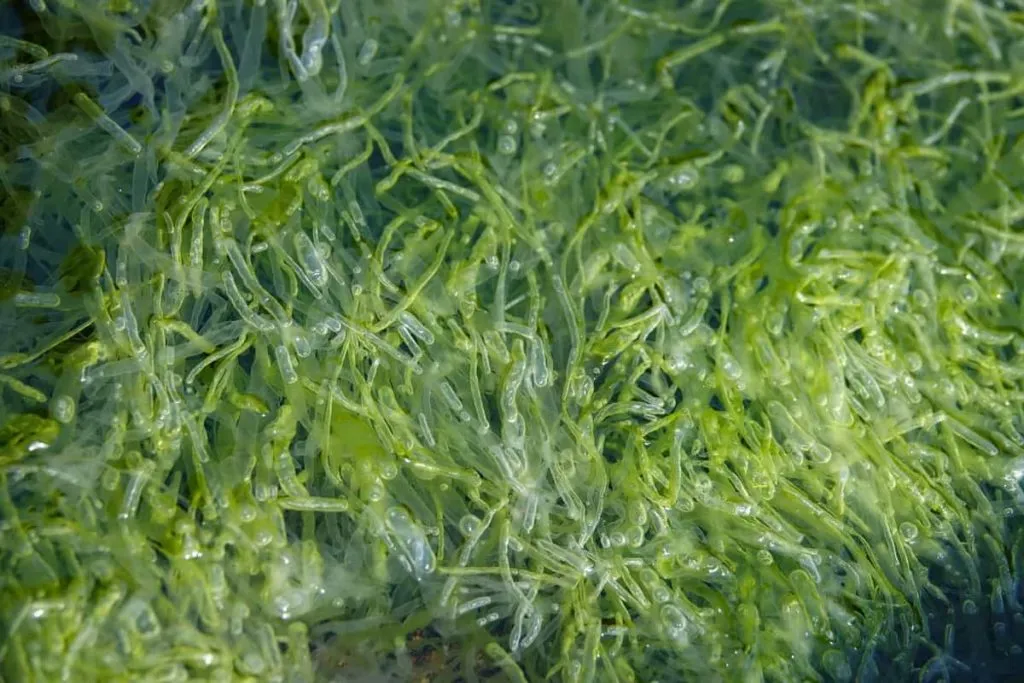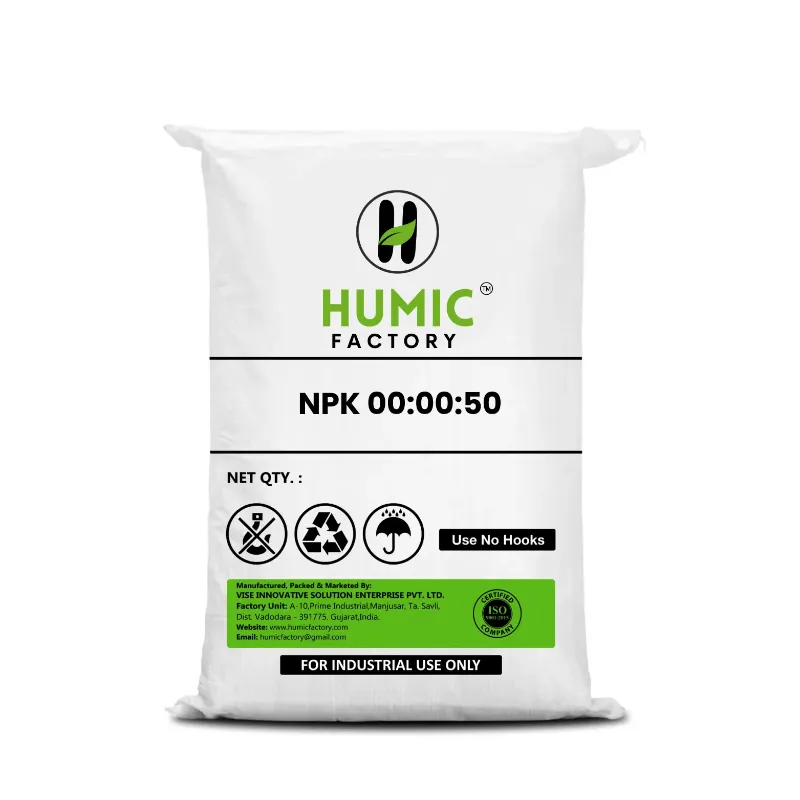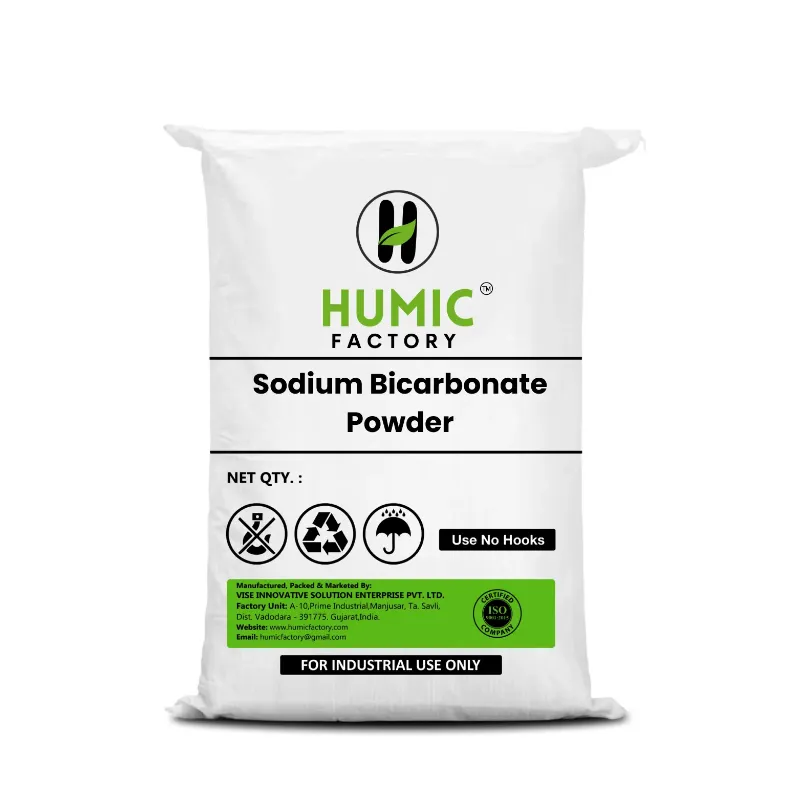Introduction
- Liquid seaweed fertilizer, also known as seaweed liquid fertilizer or liquid seaweed plant food, is a versatile agricultural product that offers numerous benefits to plants.
- This blog will explore the crops that benefit most from the application of liquid seaweed fertilizer and why it is recommended for their cultivation.
Recommended Crops for Liquid Seaweed Fertilizer
- Vegetables: Vegetables such as tomatoes, cucumbers, peppers, and lettuce respond well to liquid seaweed fertilizer. It promotes healthy growth, improves fruit set, and enhances the flavor and nutritional content of the produce.
- Fruits: Fruit-bearing trees and plants, including apples, oranges, grapes, strawberries, and berries, benefit from liquid seaweed fertilizer. It aids in flower and fruit development, increases fruit yield, and improves fruit quality.
- Leafy Greens: Leafy greens like spinach, kale, and Swiss chard thrive when treated with liquid seaweed fertilizer. It encourages vigorous leaf growth, increases chlorophyll production, and enhances overall plant health.
- Herbs: Culinary herbs such as basil, cilantro, parsley, and mint benefit from the nutrient-rich properties of liquid seaweed fertilizer. It promotes robust growth, enhances flavor, and prolongs the shelf life of the herbs.
- Root Crops: Root vegetables like carrots, potatoes, beets, and radishes develop strong root systems when supplemented with liquid seaweed fertilizer. It improves root development, increases nutrient uptake, and enhances storage quality.
- Cereal Crops: Crops such as wheat, barley, oats, and rice can benefit from the application of liquid seaweed fertilizer. It promotes tillering, improves grain filling, and enhances overall crop yield and quality.
- Legumes: Leguminous crops like peas, beans, lentils, and chickpeas respond positively to liquid seaweed fertilizer. It increases nodulation, improves nitrogen fixation, and enhances crop productivity.
- Berries: Berries such as blueberries, raspberries, strawberries, and blackberries thrive when treated with liquid seaweed fertilizer. It promotes flowering, increases berry size, and improves fruit flavor and sweetness.
- Ornamentals: Flowers, shrubs, and ornamental plants benefit from liquid seaweed fertilizer, which promotes lush foliage, vibrant blooms, and overall plant vigor.
- Greenhouse Crops: Crops grown in greenhouse environments, including tomatoes, peppers, cucumbers, and herbs, can benefit from the consistent application of liquid seaweed fertilizer. It provides essential nutrients and enhances plant health in controlled growing conditions.
Conclusion
- Liquid seaweed fertilizer is a valuable tool for enhancing the growth, yield, and quality of various crops across different agricultural sectors.
- By understanding which crops benefit most from the application of liquid seaweed fertilizer, farmers and gardeners can maximize their agricultural productivity and achieve optimal results in crop cultivation.





